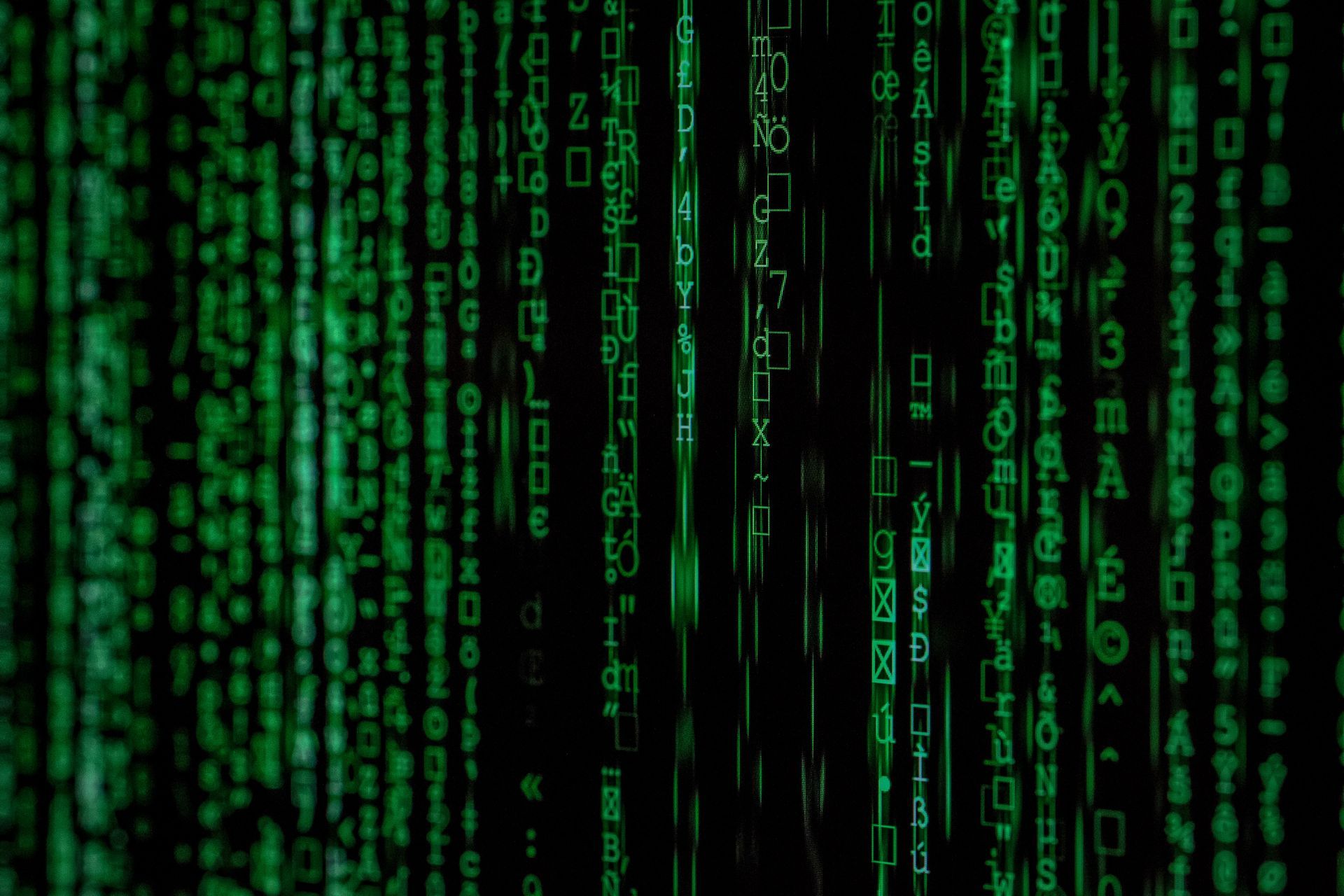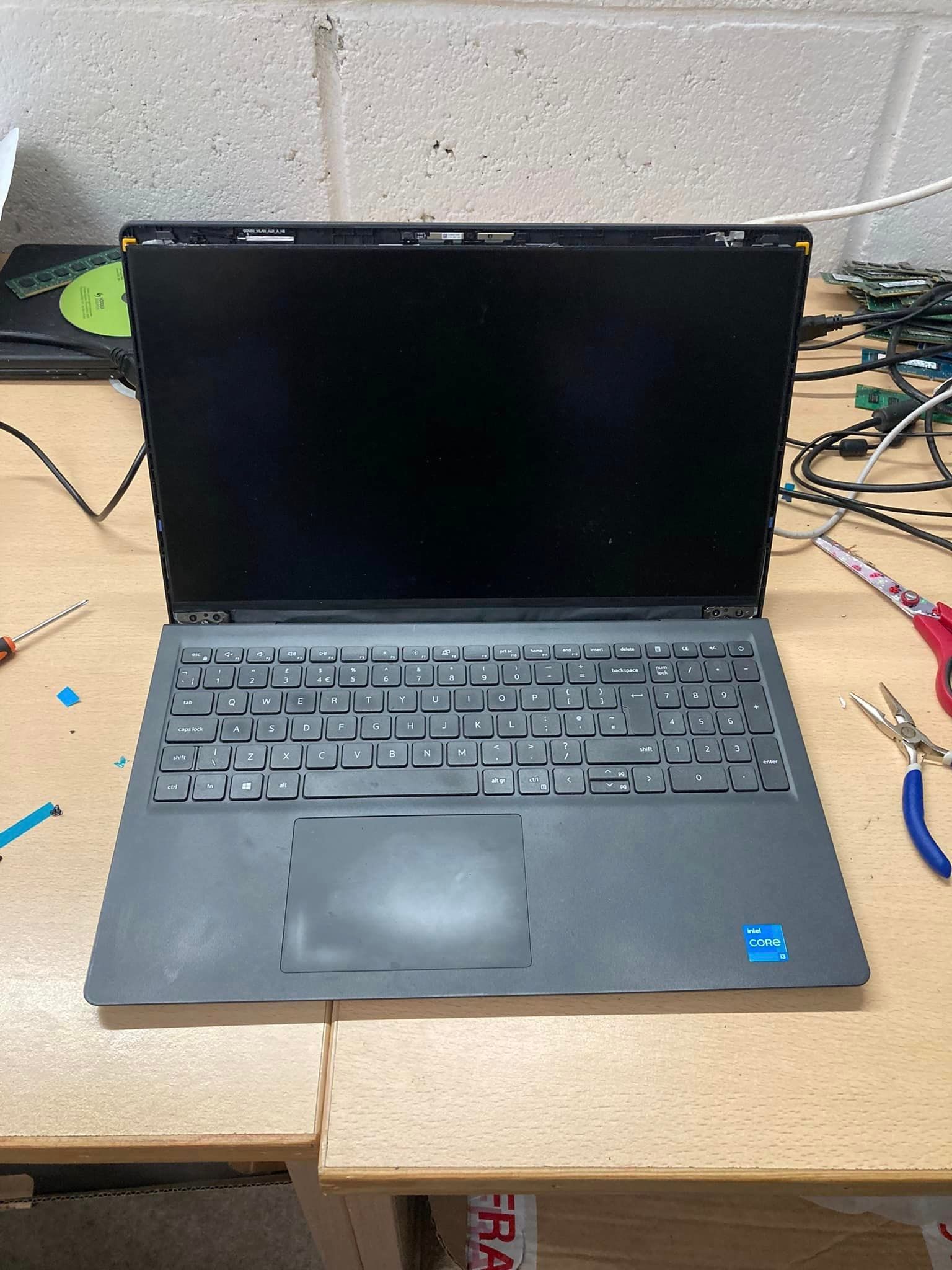What is data destruction

Data destruction is the process of securely erasing or destroying data to prevent it from being accessed by unauthorised individuals. This is an important consideration for individuals and organisations alike, as sensitive information can be vulnerable to theft, hacking, or other forms of unauthorised access.
There are a number of reasons why data might need to be destroyed. Firstly, the data is no longer needed. When data is no longer required, it's important to destroy it to free up storage space and reduce the risk of it being accessed by unauthorised individuals. Secondly, the data is outdated. Outdated data can be a security risk, as it may contain vulnerabilities that can be exploited by hackers. Thirdly, compliance requirements may dictate that sensitive data is securely disposed of. Many industries are subject to data protection regulations, such as GDPR, that require them to securely dispose of sensitive data. Finally, when hardware such as computers, hard drives, and servers reach the end of their useful life, it's important to destroy any data stored on them before disposing of them.
Physical destruction is one method of data destruction. It involves destroying the media on which the data is stored. This can include shredding hard drives or other storage media, or physically destroying devices such as mobile phones or tablets. This is often the most secure method of data destruction, as it ensures that the data cannot be recovered.
Degaussing is another method of data destruction. It involves using a strong magnetic field to erase the data stored on a magnetic storage medium such as a hard drive. This is an effective method of data destruction, but it can be expensive and requires specialist equipment.
Overwriting is a third method of data destruction. It involves writing new data over the existing data on a storage medium. This can be done multiple times to ensure that the original data is unrecoverable. However, it's important to note that not all overwriting methods are equally effective, and it can be difficult to verify that data has been completely overwritten.
Encryption is a fourth method of data destruction. It involves encoding the data so that it can only be accessed with a key. When the data is no longer needed, the encryption key can be destroyed, rendering the data unreadable. However, it's important to note that this method is only effective if the encryption is strong and the key is securely destroyed.
In the UK, data destruction is subject to a number of regulations, including the GDPR. This means that organisations must ensure that they have appropriate processes and procedures in place for securely destroying sensitive data. This can include working with a specialist data destruction company to ensure that data is securely destroyed using one of the methods outlined above. By complying with these regulations, organisations can protect their customers' privacy and reduce the risk of data breaches.




